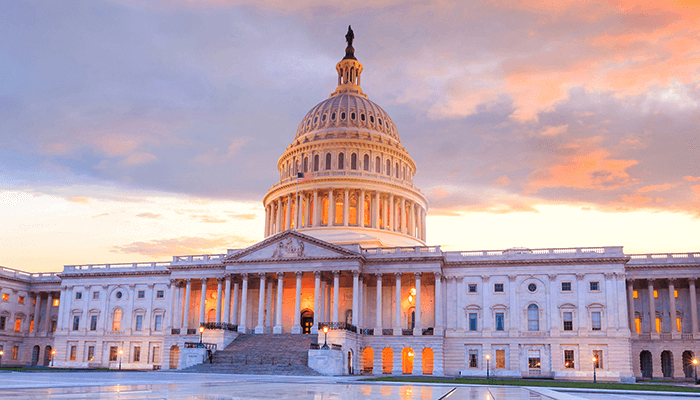Op-Ed: We Already Knew the Real Solutions
New York Times | October 9, 2013
As we enter the second week of the government shutdown, one area of government waste has been clearly exposed: the time wasted by policy makers on finger-pointing and point-scoring, as opposed to finding real solutions.
There definitely is plenty of wasteful and overlapping spending in Washington -- and the sequester pushes policy makers to focus on where they can get savings. The Government Accountability Office has identified dozens of areas of duplication and overlap in the federal government, like that between the Agriculture Department and the Food and Drug Administration over catfish inspections. There's still much needed oversight that is lacking. But a government shutdown isn't the way to solve it.
There is still room to cut in areas like farm subsidies. Reforms to federal retirement and health benefit programs can also achieve savings. Privatize the Tennessee Valley Authority. Charge more to cover the cost of the national parks. The list goes on. We need to do all of these and more, but it's not where the real money is.
What we’ve learned from sequestration and the shutdown is that despite the significant economic disruption caused by these efforts in the near term, they have done little to reduce the long-term debt. Under realistic assumptions, public debt is expected to reach 100 percent of the economy by 2035 and will continue increasing.
The budget cuts so far have come from a small sliver of the federal budget and are poorly timed, coming as the economy struggles to recover. A smarter approach deals with all parts of the budget, including tax and entitlement reform, and is phased in over a longer term, allowing for more deficit reduction without stunting growth.
A much better investment is to start bipartisan discussions to comprehensively address our longer-term fiscal challenges.
What's Next
-
Image

-

-
Image
